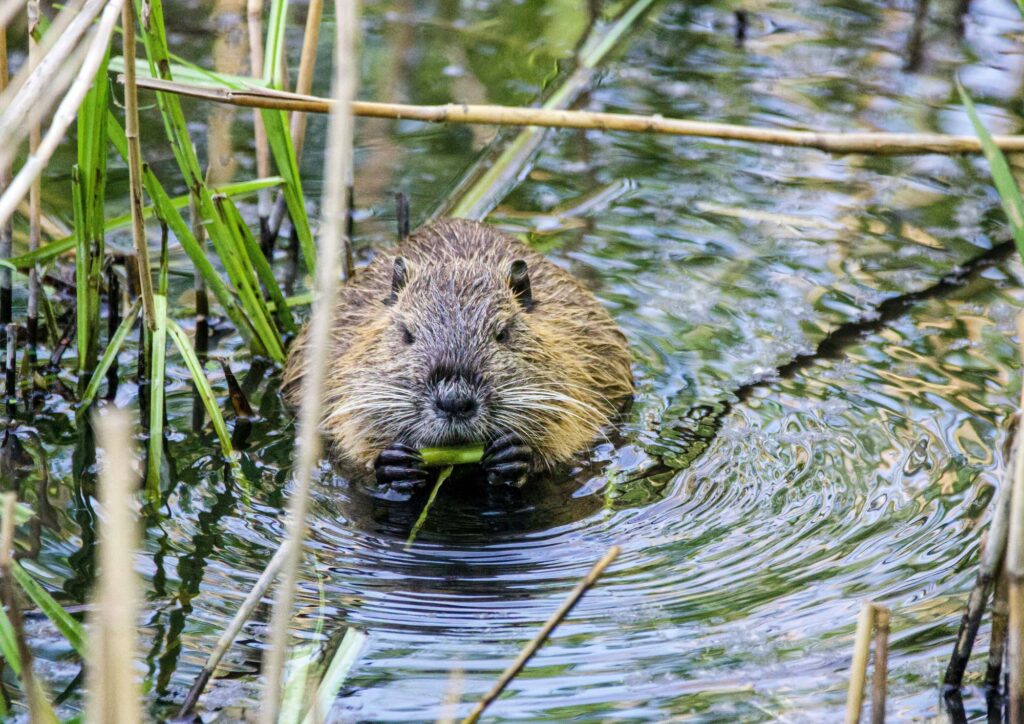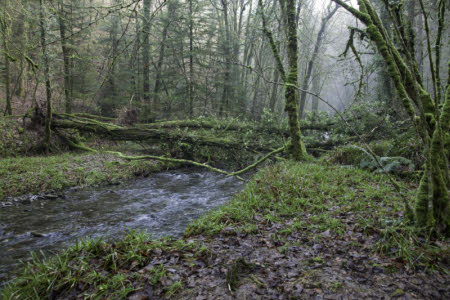What wildlife-rich looks like:
Willows, downy birch and alder trees growing in very wet soils or water. Lots of standing and fallen dead and decaying wood. Unpolluted. Lots of insects providing food for birds and bats. Light cattle grazing creating microhabitats in the woodland. In some areas beavers also create microhabitats and fell trees to add to the amount of deadwood.


